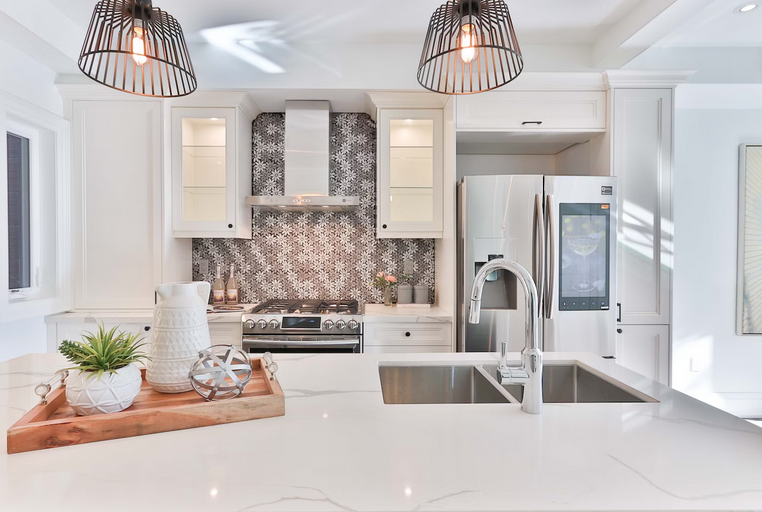In recent years, there has been a growing movement towards universal design principles in the field of architecture and interior design. This approach aims to create spaces that are accessible and usable by people of all ages, abilities, and disabilities. As the name suggests, universal design principles are meant to be universally applicable and not limited to specific groups of people. In this article, we will explore the key principles of universal design from https://www.immoportal.com/bauen/grundlagen-hausbau/keller-oder-bodenplatte-was-ist-die-bessere-alternative and how they can be applied in creating homes that are accessible for all ages.
Honoring Flexibility and Adaptability

Another key principle of universal design is flexibility and adaptability. This includes designing spaces that can be easily modified to meet the changing needs of its residents. For example, a kitchen designed with universal design principles in mind would have adjustable countertops and cabinets that can be lowered or raised depending on the user’s height. This allows for easy access for people using wheelchairs and young children who may need assistance while cooking or baking.
Ensuring Safety and Comfort
Universal design also emphasizes safety and comfort. This means creating homes that are safe to navigate and use for people of all ages and abilities. Examples include non-slip flooring, easy-to-reach switches and outlets, and well-placed lighting to minimize the risk of falls or accidents. Comfort is also an essential aspect of universal design, as it ensures that everyone can enjoy their home regardless of their physical limitations.
Incorporating Assistive Technologies

With the rapid advancements in technology, universal design also considers the use of assistive technologies. This includes features such as voice-activated smart home systems, which can be incredibly useful for people with limited mobility or dexterity. It’s essential to consider incorporating these technologies with universal design principles when designing homes. Universal design principles advocate for sustainability, which means creating homes that are energy-efficient and environmentally friendly. This can include features such as solar panels, energy-saving appliances, and proper insulation, making the home accessible to people of all ages while also being mindful of the environment.
Promoting Inclusivity and Independence

The main objective of universal design is to promote inclusivity and independence. This means designing homes that are not only accessible for people with disabilities but also cater to the needs of older adults, young children, and people of all ages. By promoting independence, universal design allows individuals to live in their homes for longer without making expensive modifications or moving into specialized care facilities.
Universal design principles champion the notion that a home should be a haven for everyone, regardless of age or ability. By embracing these principles, homes become welcoming, comfortable, and empowering spaces that promote inclusivity and independence. With the aging population and the increasing number of people living with disabilities, universal design is more important than ever in creating homes that are accessible for all ages. It’s time to move away from traditional designs and embrace a more inclusive approach to housing.

